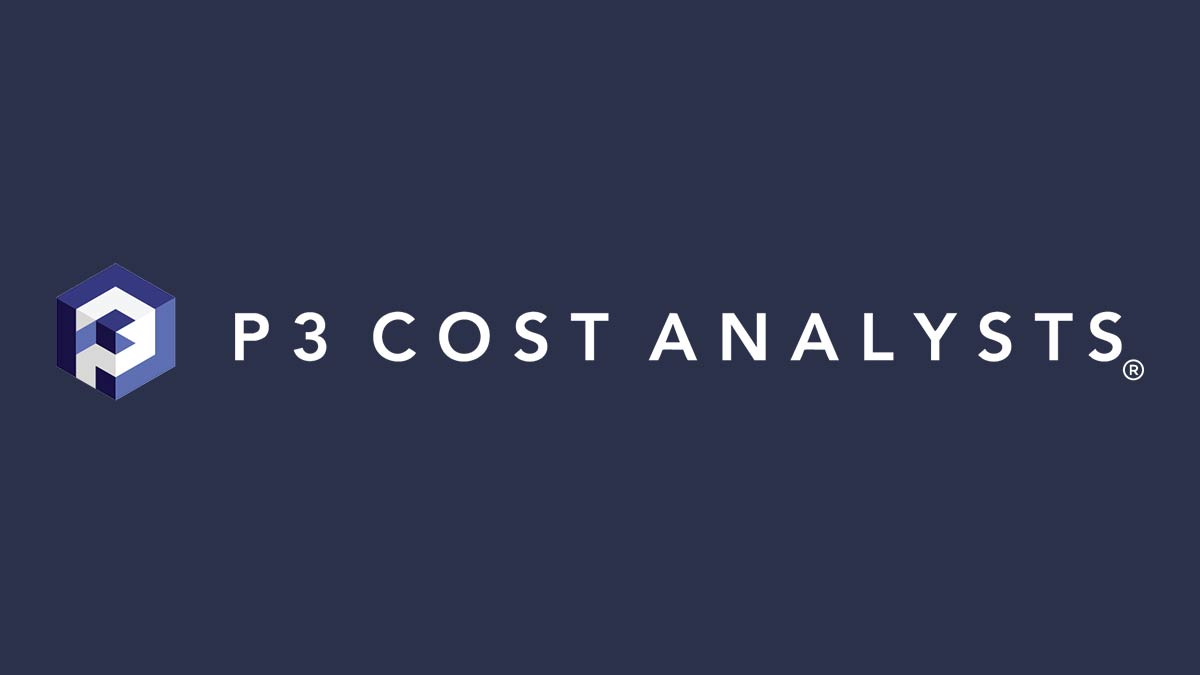B2B referral programs have the potential to unlock steady, high-quality growth but only when they’re built with clarity, consistency, and user-centered design. Too often, companies dive in without a clear strategy, leading to underwhelming results and frustrated partners. At P3 Cost Analysts, we’ve seen firsthand what separates successful programs from those that fall short.
This guide outlines the most common mistakes in B2B referral programs and how you can avoid them to build a high-performing system that earns trust and drives measurable growth.

Mistake #1: Treating the Referral Program as “Set It and Forget It”
A major referral program mistake is launching them with fanfare and then letting them run on autopilot. Referral marketing isn’t a one-time event. It requires regular updates and engagement.
Why it hurts your results:
-
Partners lose interest without reminders or new incentives
-
Missed opportunities to optimize based on performance
-
Low visibility means fewer referrals over time
How to avoid it:
-
Regularly communicate with partners via email or in-app messages
-
Update reward offers or spotlight top referrers quarterly
-
Monitor analytics and adjust strategies to improve results
Mistake #2: Failing to Clearly Define What Counts as a Referral
One of the most common and damaging mistakes of a referral program is not establishing a clear definition of what is considered a “qualified referral.” Without this clarity, partners may submit leads that are not a fit for your business.
Consequences:
-
Sales teams waste time vetting poor-quality leads
-
Referrers get discouraged if their submissions don’t convert
-
Misalignment on expectations can damage partner relationships
What to clarify:
-
Ideal customer profile (industry, size, need)
-
Required referral details (contact info, use case)
-
What disqualifies a referral
Mistake #3: Making the Referral Process Too Complicated
If your referral workflow includes multiple steps, logins, or confusing forms, you’re likely losing valuable leads before they’re even submitted.
Warning signs:
-
Drop-off in form completion rates
-
Partners complain or ask for help submitting
-
Referrals come in via email or word of mouth instead
Simplification tips:
-
Use user-friendly referral software with a single-step form
-
Make the process mobile-friendly
-
Auto-fill known fields and remove unnecessary questions
Mistake #4: Offering Weak or Irrelevant Incentives
If your referral incentives doesn’t motivate your audience, your referral program won’t grow. Many businesses offer generic or low-value incentives that fail to capture interest.
Mistakes to avoid:
-
Offering the same reward to every partner regardless of value
-
Using cash when service-based rewards would work better
-
Making it too hard or too slow to earn rewards
What works better:
-
Tiered rewards based on client value or volume
-
Service credits, account upgrades, or exclusive access
-
Immediate acknowledgment paired with meaningful follow-through
Mistake #5: Leaving Referrers in the Dark
A lack of transparency is one of the top reasons partners stop referring. If they don’t know what’s happening with their referrals, or when they’ll get their reward, they’ll disengage.
Signs of poor communication:
-
Referrers follow up repeatedly asking for updates
-
Delayed or missed reward distribution
-
Low repeat participation
Fix this with:
-
Automated notifications at every stage of the referral journey
-
A dashboard where referrers can track submissions and rewards
-
Clear timelines for reward delivery and referral validation
Mistake #6: Ignoring Marketing and Sales Alignment
Many companies mistakenly treat referral marketing as just another lead-gen channel. But without full buy-in from sales, programs often fall flat.
What happens when teams are misaligned:
-
Referrals aren’t followed up promptly
-
Marketing targets the wrong incentives
-
Clients are asked to refer at the wrong time
What to do instead:
-
Loop sales teams into program design and messaging
-
Create shared KPIs between marketing and sales
-
Let account managers identify referral-ready moments in the client journey
Mistake #7: Overlooking the Importance of Tracking Every Referral
One of the most damaging referral program mistakes is failing to track submissions from start to finish. Without a proper system, referrals go missing, recognition lags, and your credibility takes a hit.
Risks of poor tracking:
-
Missed payouts or unacknowledged efforts
-
Disputed referrals that create tension
-
Inability to measure ROI
Solutions:
-
Use referral software with built-in tracking and status updates
-
Integrate tracking into your CRM for closed-loop visibility
-
Send immediate confirmation when a referral is submitted
Mistake #8: Forgetting to Acknowledge Unconverted Referrals
Just because a referral doesn’t convert doesn’t mean it should go unnoticed. Failing to acknowledge someone’s effort signals that their contribution wasn’t valued.
Why this matters:
-
It reduces goodwill and future engagement
-
Partners feel used when there’s no feedback
-
You lose visibility into patterns of referral interest
What to do instead:
-
Send thank-you messages for every referral—conversion or not
-
Highlight when a referral is a close match, even if it didn’t close
-
Consider smaller recognition (e.g., a bonus point or badge) for participation
Mistake #9: Using a Generic, One-Size-Fits-All Program
B2B service industries vary widely. What works for SaaS won’t necessarily work for consultants or expense auditors. A generic referral program feels disconnected and less compelling.
What generic programs often miss:
-
Industry-specific pain points or sales cycles
-
Rewards that match professional values
-
Communication that resonates with service-focused buyers
How to personalize effectively:
-
Tailor rewards to what matters most to your partners (e.g., service discounts)
-
Customize program messaging based on industry language
-
Highlight how the referral process supports your partners’ clients or network
Mistake #10: Failing to Evolve the Program Over Time
Even the best referral programs can become stale. If you never refresh your offers, update messaging, or revisit program performance, participation will decline.
Warning signs:
-
Flat or declining referral volume
-
Same few partners generating all leads
-
No new features or updates in over a year
How to keep it fresh:
-
Add new reward tiers or bonuses for multi-referrers
-
Test seasonal promotions or limited-time offers
-
Survey your partners and implement feedback into the next version
Build Smarter by Avoiding Common Referral Mistakes
Avoiding mistakes in B2B referral programs isn’t just about damage control, it’s the foundation for a scalable, high-impact growth strategy. From poor communication to weak rewards and disconnected teams, every mistake you avoid makes your program stronger, clearer, and more effective.
At P3 Cost Analysts, we help businesses build referral systems that eliminate friction, align teams, and reward partners in meaningful ways. Whether you’re auditing an existing program or starting fresh, we’ll show you how to avoid the most frequent errors and build a program that performs.
Ready to strengthen your B2B referral program? Connect with our experts to explore how smarter design, better incentives, and strategic execution can unlock real, referral-driven growth.



